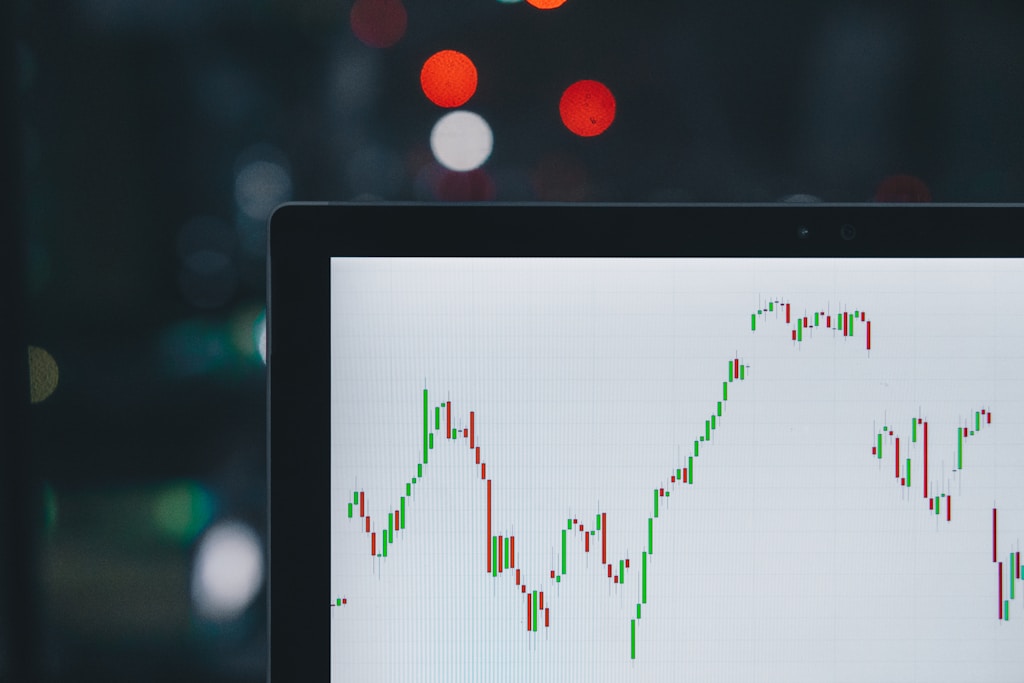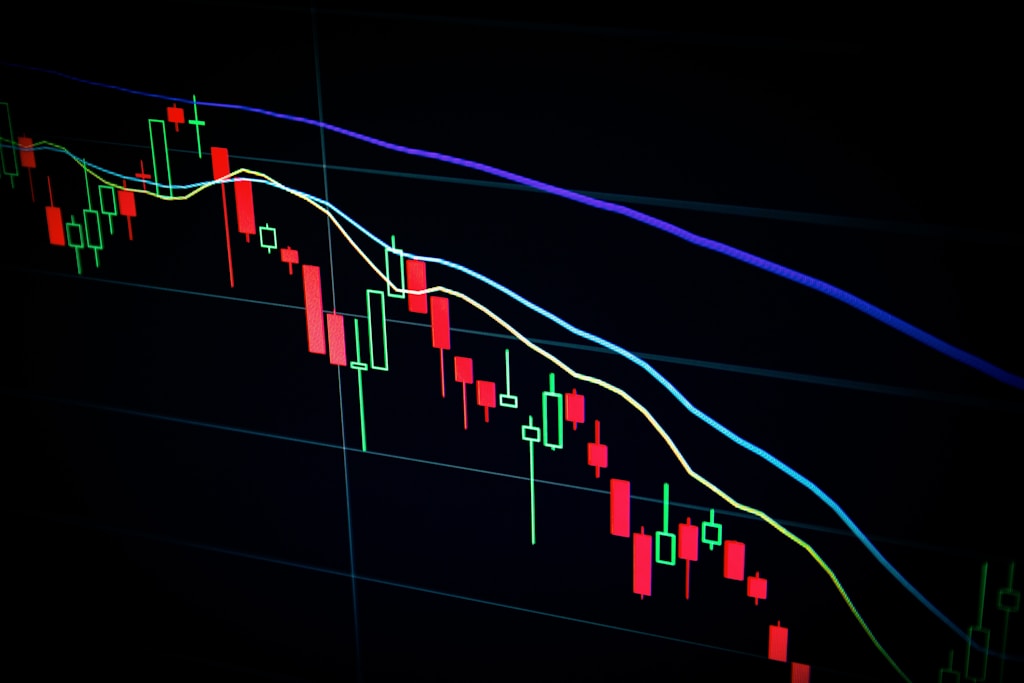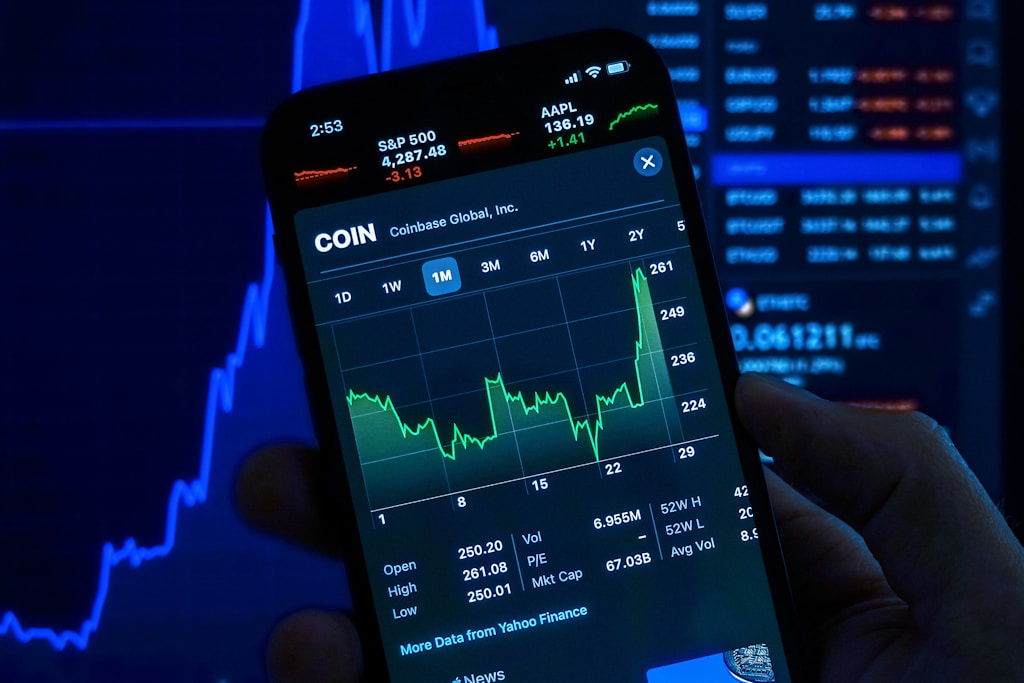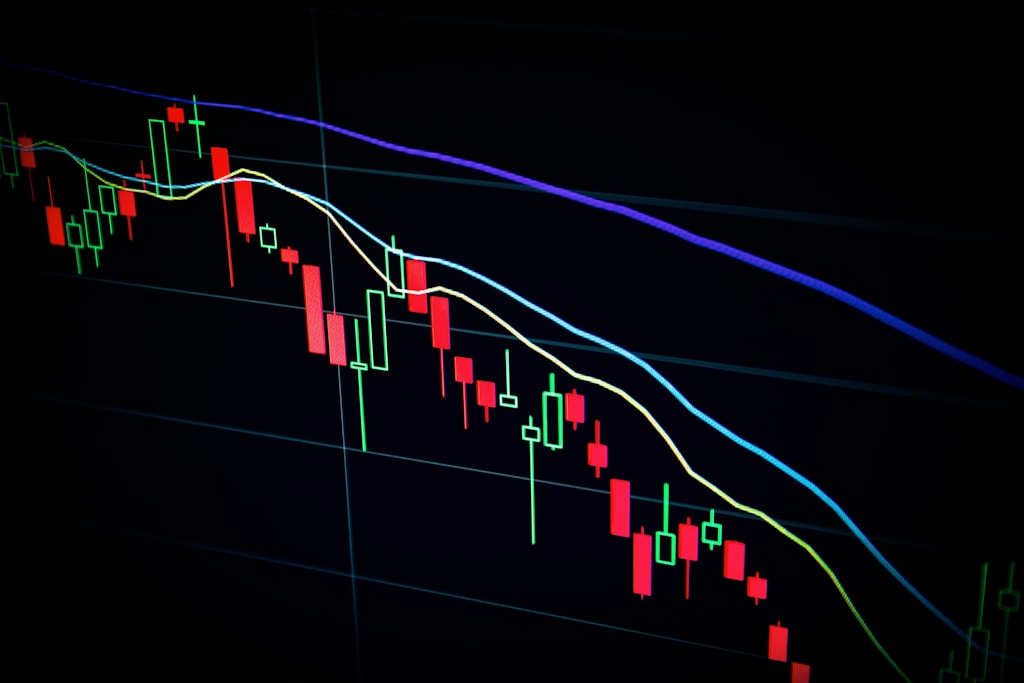Key Takeaways:
- Latin American nations increasingly dismiss Trump’s tariff threats as credibility wanes
- Regional crypto adoption accelerates amid shifting economic dynamics
- BRICS nations leverage digital assets for dollar-free trade initiatives
Latin America’s cryptocurrency landscape is experiencing a significant transformation as regional powers reassess their economic strategies in light of diminishing credibility in Trump’s tariff threats. This development comes as Brazil continues to defy Trump’s Bitcoin threats while pushing for BRICS dollar-free trade.
The phenomenon, dubbed the ‘TACO realization’ (Tariff Assertions Credibility Outcome), marks a pivotal shift in how Latin American nations approach their economic and digital asset policies. This changing dynamic has significant implications for regional crypto adoption and cross-border trade mechanisms.
Regional Crypto Adoption Acceleration
As confidence in traditional trade threats wanes, Latin American countries are increasingly turning to cryptocurrency solutions for international commerce. This trend aligns with the surge in USDT adoption seen in Bolivia, where dollar scarcity has driven increased stablecoin usage.
Impact on Regional Economic Strategy
The shifting dynamics have prompted a reevaluation of economic strategies across Latin America, with particular focus on:
- Enhanced regional trade cooperation
- Digital asset integration in cross-border payments
- Development of crypto-friendly regulatory frameworks
- Strengthening of BRICS economic alliances
FAQ Section
Q: How does this affect Latin American crypto adoption?
A: The diminishing impact of tariff threats is accelerating regional crypto adoption as countries seek alternative financial solutions.
Q: What role do stablecoins play in this transition?
A: Stablecoins are becoming increasingly important as a bridge between traditional finance and crypto-based trade solutions.
Q: How does this connect to BRICS initiatives?
A: This development strengthens BRICS’ push for dollar-alternative trading mechanisms, including cryptocurrency-based solutions.






